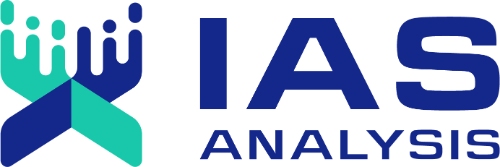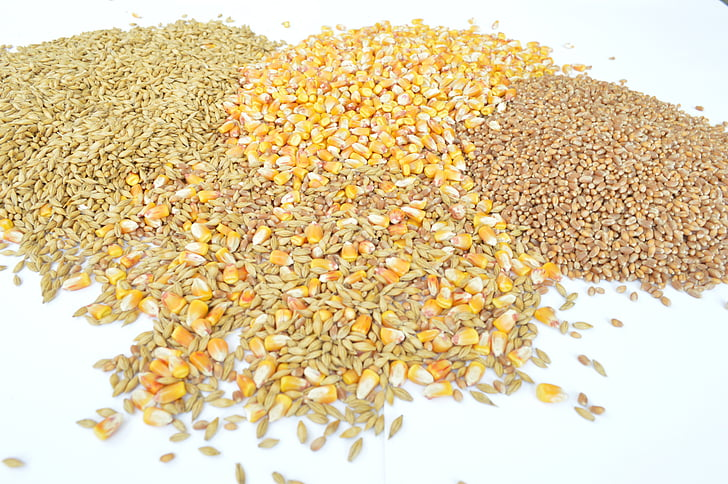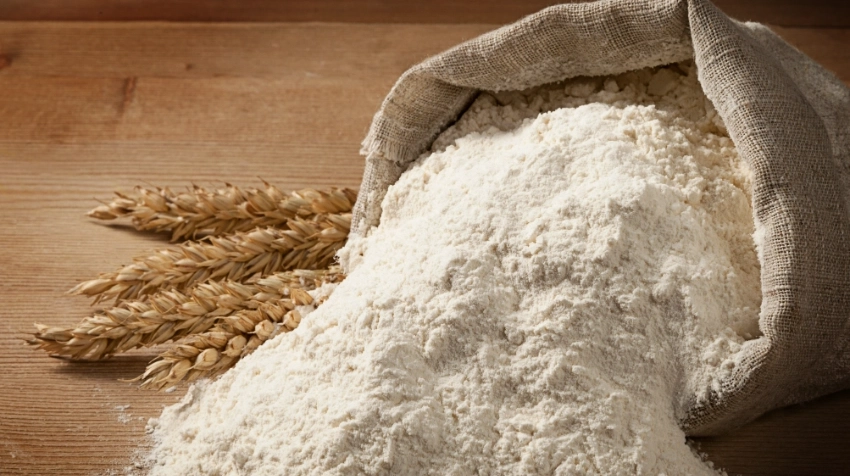Feed NIR Analyzer: A Key Tool to Improve the Nutritional Value of Feed
In the animal feed industry, ensuring the nutritional value and quality of feed is crucial for the health and performance of livestock. Feed producers constantly strive to maintain consistent feed composition and quality, while also aiming to improve profitability and reduce production costs. One key tool that has revolutionized the feed testing process is the Near-Infrared (NIR) analyzer. This advanced technology enables for rapid, non-destructive, and pretreatment-free quality testing of animal feed, making it an indispensable asset for feed manufacturers.

Understanding NIR Technology
Near-Infrared Reflectance (NIR) technology has revolutionized the way feed quality is assessed. NIR analyzers use light in the near-infrared spectrum to analyze the chemical composition of feed materials. This non-destructive testing method allows for rapid analysis without the need for extensive sample preparation or pretreatment. The ability to obtain results in just a few minutes makes NIR analyzers an invaluable asset for feed producers.
The Role of Feed NIR Analyzers
Feed NIR analyzers are designed to test various quality parameters of animal feed, including moisture, protein, ash, and other essential indices. This capability is especially beneficial for feed producers who need to monitor the quality of their products from the raw material stage through to the final production phase. By providing real-time data on the nutritional composition of feed ingredients such as rice bran, rice bran meal, and soybean meal, these analyzers enable producers to make informed decisions that enhance both feed quality and nutritional value.
Key Benefits of Using Feed NIR Analyzers
Non-Destructive Testing: One of the most significant advantages of NIR technology is its non-destructive nature. Feed producers can analyze samples without causing any damage, which allows for continuous quality control throughout the production process.
Rapid Results: Traditional feed analysis methods can be time-consuming, often taking hours or even days to produce results. In contrast, feed NIR analyzers provide instant feedback, allowing producers to quickly adjust their formulations as needed.
Cost-Effectiveness: By streamlining the testing process and minimizing reliance on extensive laboratory resources, NIR analyzers help feed producers reduce operational costs. This efficiency leads to improved profitability, as companies can optimize feed formulations based on accurate, real time data.
Comprehensive Testing: The ability to analyze multiple parameters simultaneously enables feed producers to conduct thorough assessments of their products. This comprehensive testing ensures that feed compositions meet the required nutritional standards, ultimately benefiting animal health and performance.
Quality Assurance: Consistent monitoring of feed quality helps producers maintain high standards, minimizing variability in feed composition. This quality assurance is crucial for livestock producers who rely depend on consistent feed formulations to achieve optimal growth and production rates.
IAT (Singapore) Technology’s feed NIR analyzers are equipped with cutting-edge technology that enhances the accuracy and reliability of feed analysis. By leveraging its expertise in NIR technology, IAT provides feed producers with tools that not only meet but exceed industry standards.
Product Features
IAT’s feed NIR analyzers come with a range of features designed to enhance the user experience and improve testing efficiency:
User-Friendly Interface: The analyzers feature an intuitive interface that simplifies the testing process, making it accessible to users with varying levels of technical expertise.
Robust Calibration Models: IAT employs advanced calibration models that ensure accurate readings across a wide range of feed materials. This adaptability is crucial for producers who work with diverse raw ingredients.
Portability: Many of IAT’s NIR analyzers are designed for portability, enabling producers to conduct on-site testing. This flexibility is particularly beneficial for large-scale operations where feed quality may vary across different batches.
Data Management: The analyzers come equipped with data management capabilities, enabling producers to track and analyze historical data. This feature supports continuous improvement efforts and helps identify trends in feed quality over time.
Enhancing Nutritional Value with Feed NIR Analyzers
The integration of feed NIR analyzers into the feed production process directly impacts on the nutritional value of animal feed. By providing accurate, real time data on the composition of feed ingredients, producers can optimize their formulations to meet the specific nutritional needs of their livestock.
Tailoring Feed Formulations
With insights gained from NIR analysis, feed producers can tailor their formulations to achieve the desired nutritional profiles. For instance, if a batch of soybean meal has a lower than expected protein content than expected, producers can adjust their formulations to compensate for this deficiency. This level of precision ensures that livestock receive balanced nutrition, which is essential for their growth, health, and overall productivity.
Reducing Waste and Improving Efficiency
By continuously monitoring feed quality, producers can minimize waste caused by subpar ingredients. NIR analyzers allow producers to identify and reject low-quality raw materials before they enter the production process. This proactive approach not only enhances the overall quality of the final product but also reduces costs by minimizing the need for rework or disposal of inferior feed.
Supporting Sustainable Practices
In an era where sustainability is a growing priority, feed NIR analyzers play a crucial role in promoting environmentally friendly practices within the feed industry. By optimizing feed formulations and reducing waste, producers can contribute to more sustainable livestock production systems. Additionally, the real time feed quality analysis supports responsible sourcing of raw materials, further enhancing the sustainability of feed production.
Conclusion
The feed NIR analyzer, particularly those developed by IAT (Singapore) Technology, represents a significant advancement in the pursuit of high-quality animal feed. By providing rapid, non-destructive testing of feed ingredients, these analyzers empower producers to enhance the nutritional value of their products while improving operational efficiency and profitability. As the feed industry continues to evolve, adopting innovative technologies like NIR analysis will be essential to meeting the growing demands for quality and sustainability in animal nutrition. Embracing these tools not only benefits feed producers but also supports livestock health and productivity, ultimately contributing to a more sustainable food system.












